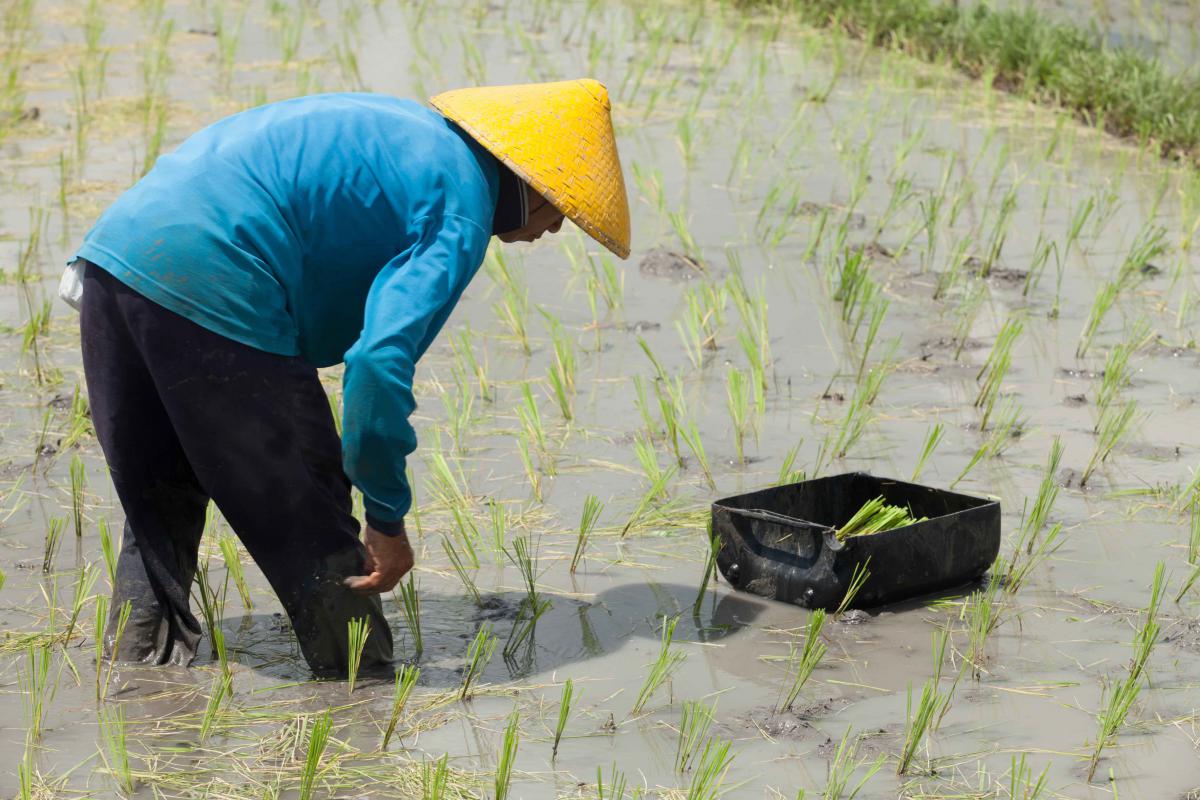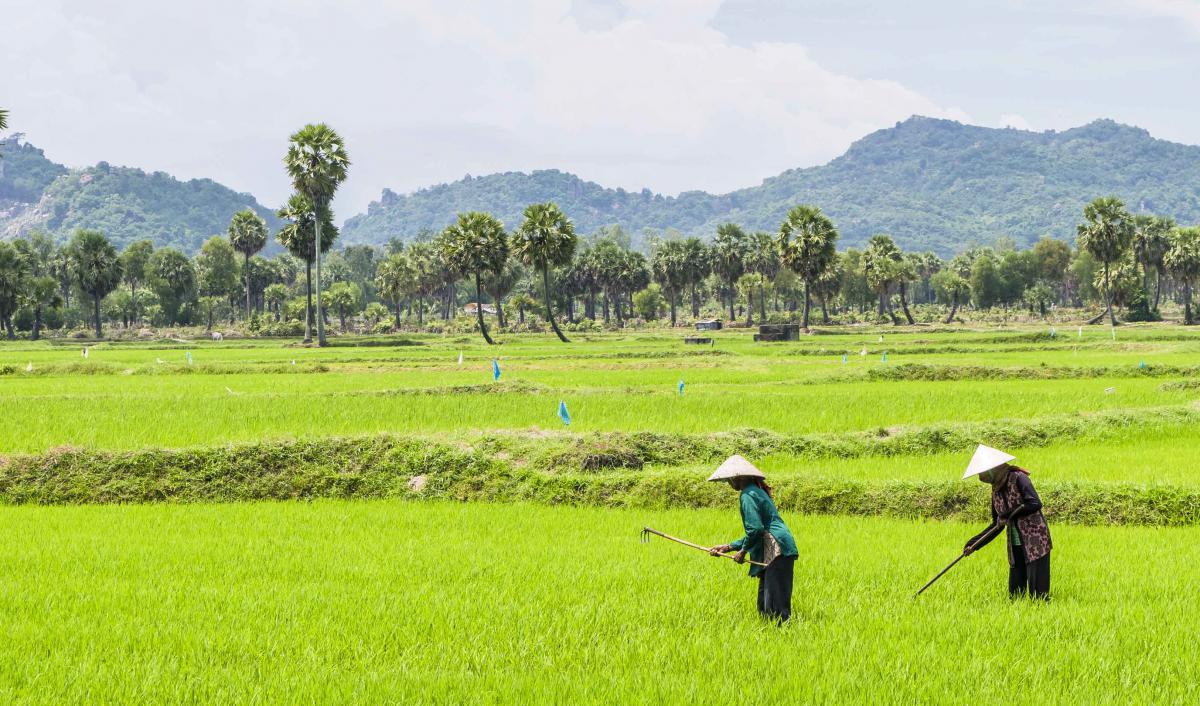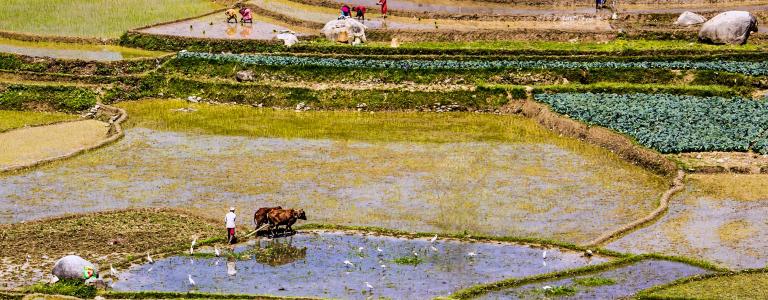Cleaning up Toxic Soils in China: A trillion-dollar question
In its latest effort to address environmental problems, China has adopted its first soil pollution law. However, how to finance the remediation of the damage already done remains a big question.
Soil contamination is an urgent problem around the world, but the situation is much worse in developing countries undergoing rapid industrialization and urbanization.
China, which underwent its own rapid industrialization in the 20th century, recently estimated nearly 20 per cent of its total farmland had been contaminated by heavy metals.

This dire environmental reality poses serious societal challenges, such as food insecurity and public health threats. Governments around the world have been taking measures and enacting legislation to address the adverse effects of soil contamination. One of the most recent examples is the Soil Pollution Prevention and Control Law (土壤污染防治法) adopted by the top Chinese legislatures on August 31, 2018.
This is the first time China has enacted a law targeting soil pollution. Along with revisions to the Air Pollution Prevention and Control Law (大气污染防治法) in 2015 and to the Water Pollution Prevention and Control Law (水污染防治法) in 2017, this move further demonstrates China’s shift in putting the environment above GDP growth.
Like previous laws addressing pollution, the soil pollution law takes the “putting prevention first” approach (art. 3) and includes an entire chapter (Chapter 3) on preventative measures government authorities and land users should take to protect soil from future pollution. For existing soil pollution, the law holds polluters and users (as it is rare in China for individuals to own land) accountable for a series of risk management and remediation obligations (Chapter 4), with the polluters being primarily responsible.
However, the practicality and effectiveness of these provisions largely depend on whether enough financing is available for cleanup. Unlike air or water pollution, soil pollution may take a long time to surface, which makes identifying polluters difficult. What’s more, toxins remain in soil for centuries and are significantly more expensive—if not impossible—to eradicate.
Some estimates put the cost for remediation efforts between 2016 and 2020 at up to CNY 9 trillion, or approximately USD 1.3 trillion. The government itself estimates it might be able to cover only a small fraction of the overall cost. During the 12th Five-year Plan (2011–2015), only CNY 30 billion (USD 4.546 billion) was allocated to soil remediation, mainly for urban areas.
Combine polluter payments with government support and a prohibitive capital gap still exists in China’s efforts to restore land and protect public health. This gap will have to be filled by private sources.

There are two challenges in attracting this private capital. First, how do we make soil remediation a worthwhile investment for private capital holders? Second, how do we ensure the limited investments from the public purse are used optimally—namely, they are deployed in such a manner as to leverage the maximum private investment?
As an attempt to address these challenges, the new law proposes the establishment of special funds at the provincial level to prevent and control soil pollution in situations where polluters are difficult or impossible to identify (art. 71). However, the law remains silent on the composition or sources of the funds, nor does it contain any provisions on the monitoring of the funds.
In addition to the special funds, the law also encourages donations (art. 74) and establishes a legal basis for issuing tax credits (art. 73) and developing innovative credit enhancement tools (art. 72) to encourage private investments into soil remediation projects.
The law remains unclear on the type of financing instruments that can be used for soil remediation projects and fails to provide detailed procedures to claim these benefits.
The establishment of remediation funds is common practice in many countries. One of the best known is the Superfund established in the United States in 1980. This federal program established a fund with mixed sources to finance cleanup where responsible parties are unknown or have failed to clean sites. (IISD’s detailed analysis of the Superfund and other similar funds and lessons learned from them is online here.)
Such a fund does not yet exist in China, at least not until the new soil pollution law comes into effect on January 1, 2019. The law announces a new era for Chinese production, with more responsibility and less pollution. But the pollution inherited from past practices will require massive amounts of non-public investments into remediation projects. Innovative solutions will be needed.
To address the specific difficulties and risks associated with financing soil remediation projects, IISD has been working with partners to identify and assess innovative financing vehicles and “new finance” approaches that could be explored to complement public sources. Financing Models for Soil Remediation, a series of reports prepared by IISD and partners, analyzes the state of play on financing soil remediation in China. The reports explore international practice on soil remediation financing, as well as real world examples of innovative blended financing that could be adapted to this urgent issue.

You might also be interested in
Guidebook on the Management and Financing of Soil Rehabilitation Projects in China
Drawing on best practices worldwide in funding environmental rehabilitation, this guidebook explores innovative design and the use of financial mechanisms to finance and manage soil remediation projects.
Financing Models for Soil Remediation in China
This report examines seven different types of soil remediation projects in China and provides a "state-of-play" survey of financing models for soil rehabilitation in China.
Soil Remediation in China: How a huge pollution problem is putting the green finance movement to the test
IISD, with Chinese and international partners, is testing the potential of the entire spectrum of green finance approaches to deal with China’s legacy of toxic soils and the urgent need to restore them to health and productivity.
The Responsible Agricultural Investment Tool for Agribusiness and Case Studies
This report summarizes a collaboration to support agribusinesses in complying with principles of responsible investment in agriculture and food systems.
